Gardens are chock full of stories and here is a delightful one that I learned while walking around Paul Mercier’s garden with him and the previous owner, Janice Vien. Janice told us the story of the poppies that grow there in abundance.
In 2003 Janice’s friend Pam Hanson gave her a plant grown from some poppy seeds that Pam found in an old olive jar that was marked “1984.” Pam is certain that her grandmother Ruth Avery French had collected those seeds. Pam lives in the house where her grandmother had lived from 1957 to 1987.
Everyone who drives through the main road in Grantham has seen the red clapboard farmhouse with pretty white trim and its beautiful garden. The house was formerly the parsonage for the Methodist Church (and Ruth’s husband Rev. Hollis French occasionally preached there in his retirement.) Pam has kept up her grandmother’s tradition and cultivates and maintains a gorgeous garden which every passerby admires.
The French family lore is that Ruth believed that hers were the illegal opium variety of poppies so she only told close friends about her suspicion for fear she would get in trouble with the law. Back in those days, Grantham had a population of fewer than 400 people. I can picture Mrs. French chuckling whenever she waved from her garden to the local policeman who would be oblivious to her criminal activity.
Pam showed me an article entitled Grantham’s Ruth French that was published in Newport’s Argus Champion’s April 5, 1978 edition. The article mentioned Ruth’s “ultra-exotic poppies” which means that descendants of her poppies have been growing in Grantham for at least 43 years.
In 2005 Janice planted the poppy seedling that Pam had given her. Within a few summers, her land was peppered with poppies, all from that one gifted plant. They not only grew on the tiered garden where Janice planted that first one, but some of them managed to find their way across her dirt driveway and start their own colony there. Because they are self-seeding and with a little help from the wind to disperse their tiny black seeds, more show up every year. When Janice sold her place in 2018, she brought some of the poppies with her and now enjoys them at her new home.
Year ago, despite their age difference, Janice formed a close friendship with Ruth based on their mutual love of gardening. (Janice was in her 20’s and Ruth in her 80’s). Ruth often had Janice over for tea and cookies. They spent many afternoons chatting about flowers. Janice told me that when the poppies blossom, she always thinks of Ruth.
Paul Mercier is thrilled to have the poppies growing in his gardens and has given some plants away to other garden club friends—a common practice among gardeners.
Pam wonders what her grandmother would think if she knew that her illicit poppies have spread way beyond anyone’s control and now are on the loose in Grantham and probably beyond. I’d like to think it would make her chuckle.
In 2003 Janice’s friend Pam Hanson gave her a plant grown from some poppy seeds that Pam found in an old olive jar that was marked “1984.” Pam is certain that her grandmother Ruth Avery French had collected those seeds. Pam lives in the house where her grandmother had lived from 1957 to 1987.
Everyone who drives through the main road in Grantham has seen the red clapboard farmhouse with pretty white trim and its beautiful garden. The house was formerly the parsonage for the Methodist Church (and Ruth’s husband Rev. Hollis French occasionally preached there in his retirement.) Pam has kept up her grandmother’s tradition and cultivates and maintains a gorgeous garden which every passerby admires.
The French family lore is that Ruth believed that hers were the illegal opium variety of poppies so she only told close friends about her suspicion for fear she would get in trouble with the law. Back in those days, Grantham had a population of fewer than 400 people. I can picture Mrs. French chuckling whenever she waved from her garden to the local policeman who would be oblivious to her criminal activity.
Pam showed me an article entitled Grantham’s Ruth French that was published in Newport’s Argus Champion’s April 5, 1978 edition. The article mentioned Ruth’s “ultra-exotic poppies” which means that descendants of her poppies have been growing in Grantham for at least 43 years.
In 2005 Janice planted the poppy seedling that Pam had given her. Within a few summers, her land was peppered with poppies, all from that one gifted plant. They not only grew on the tiered garden where Janice planted that first one, but some of them managed to find their way across her dirt driveway and start their own colony there. Because they are self-seeding and with a little help from the wind to disperse their tiny black seeds, more show up every year. When Janice sold her place in 2018, she brought some of the poppies with her and now enjoys them at her new home.
Year ago, despite their age difference, Janice formed a close friendship with Ruth based on their mutual love of gardening. (Janice was in her 20’s and Ruth in her 80’s). Ruth often had Janice over for tea and cookies. They spent many afternoons chatting about flowers. Janice told me that when the poppies blossom, she always thinks of Ruth.
Paul Mercier is thrilled to have the poppies growing in his gardens and has given some plants away to other garden club friends—a common practice among gardeners.
Pam wonders what her grandmother would think if she knew that her illicit poppies have spread way beyond anyone’s control and now are on the loose in Grantham and probably beyond. I’d like to think it would make her chuckle.

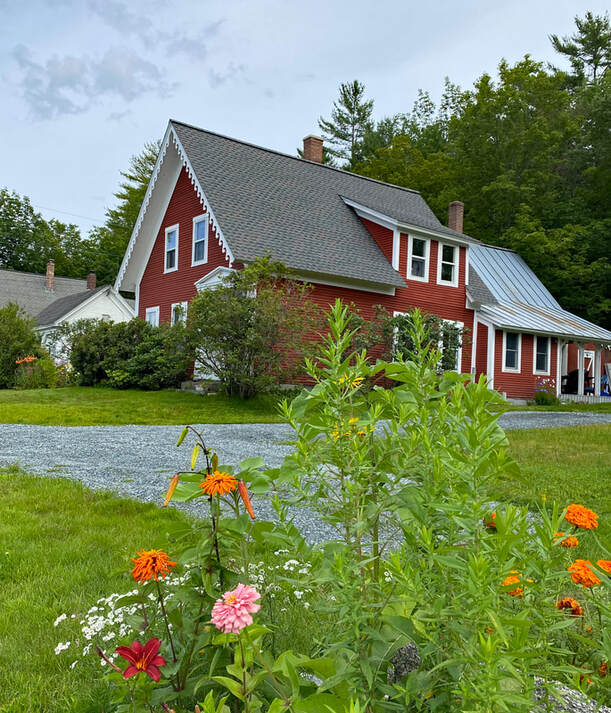
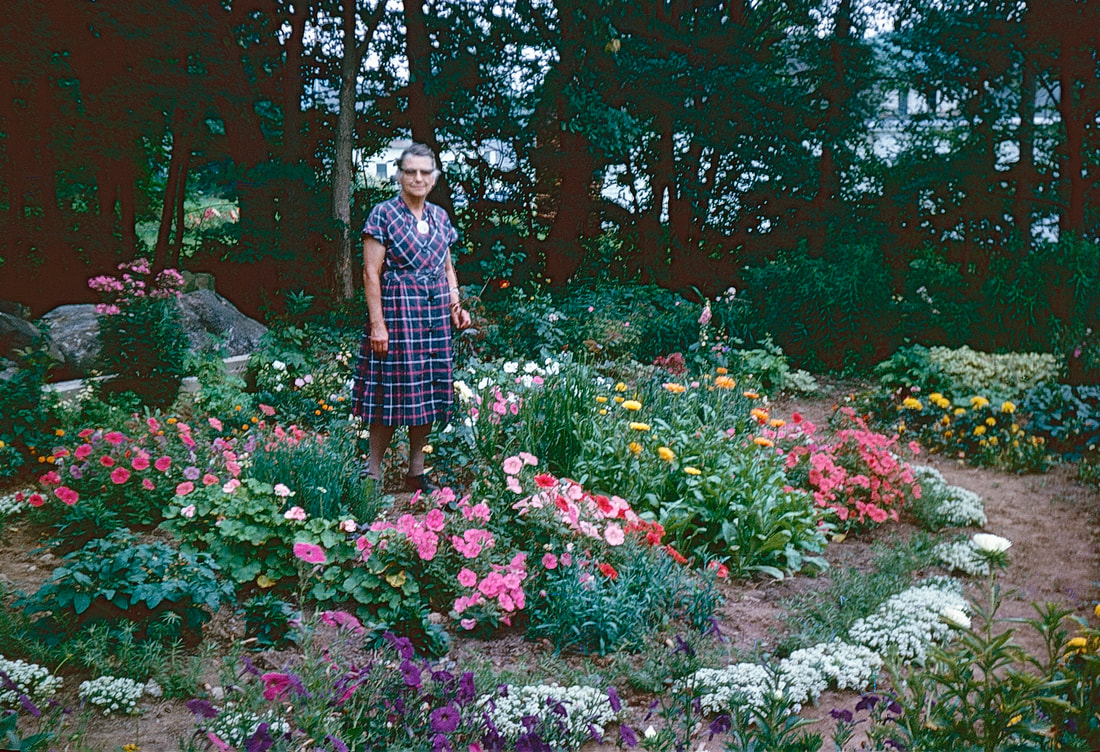

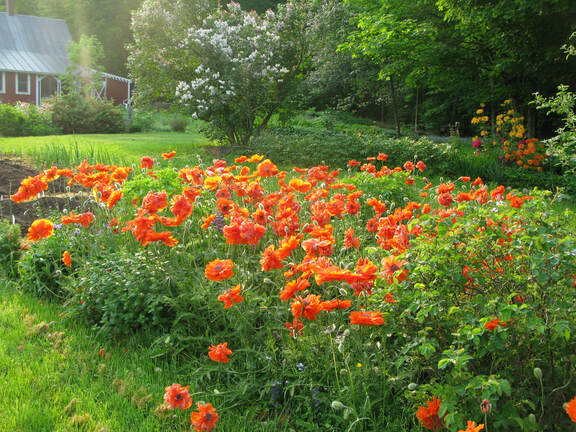
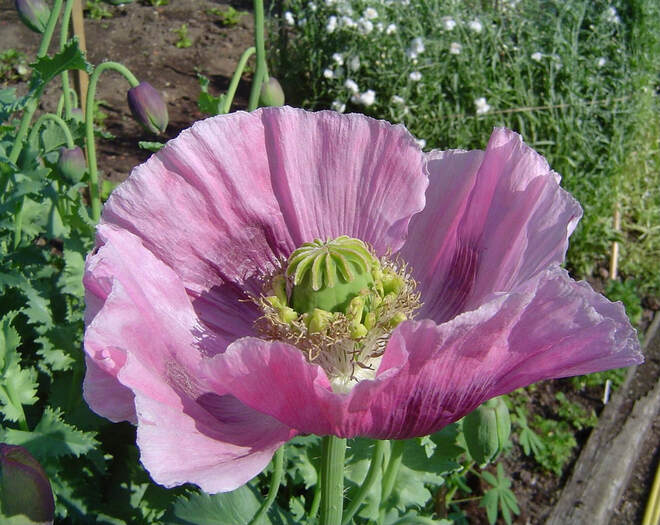
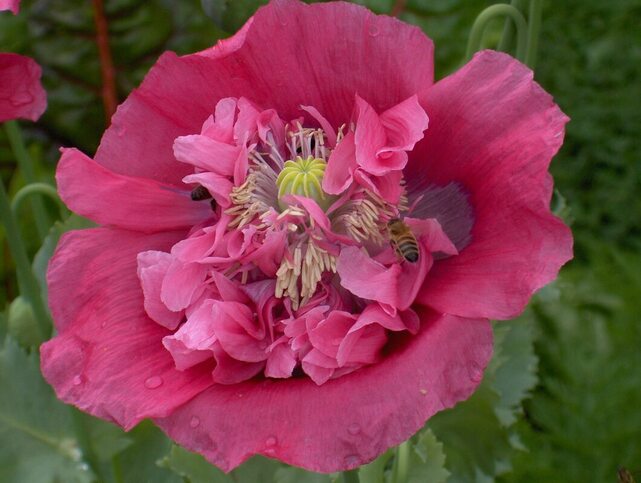
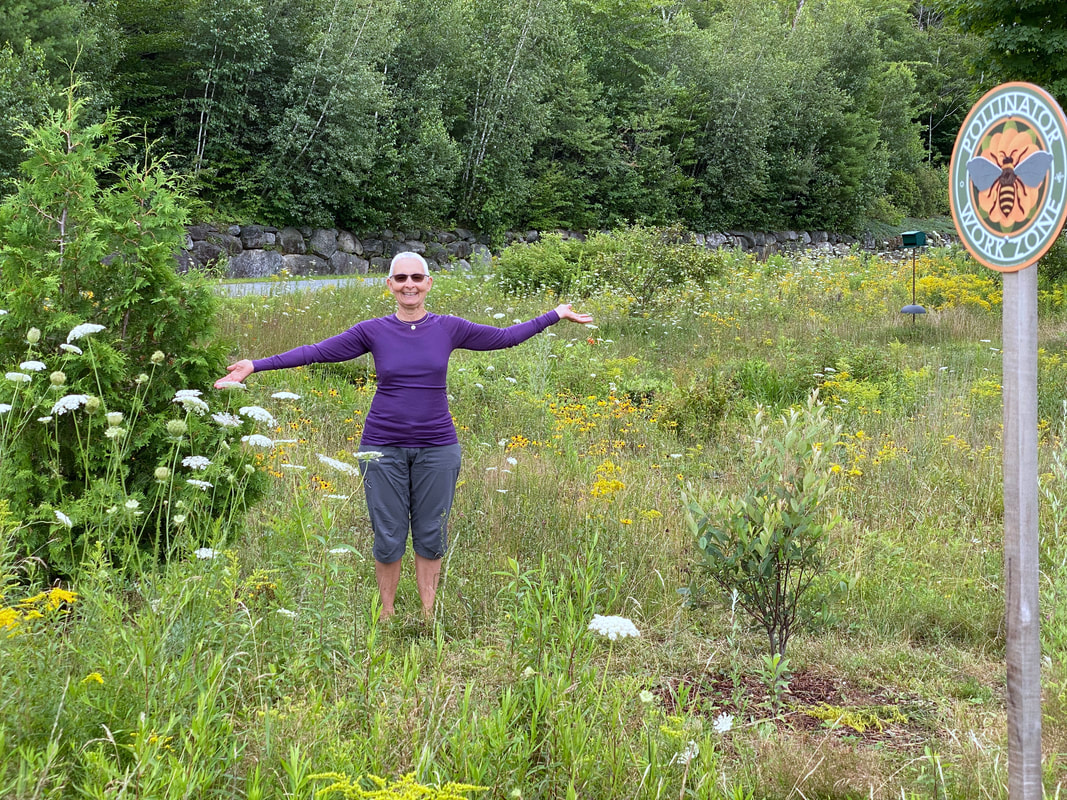
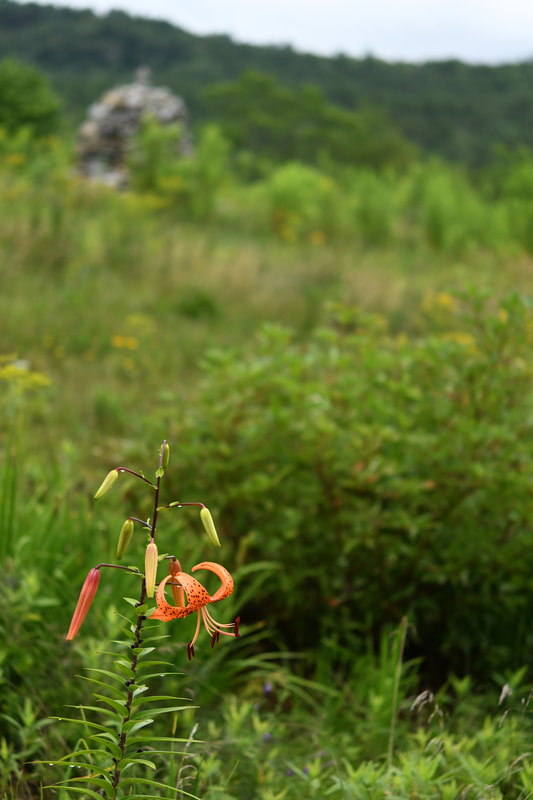
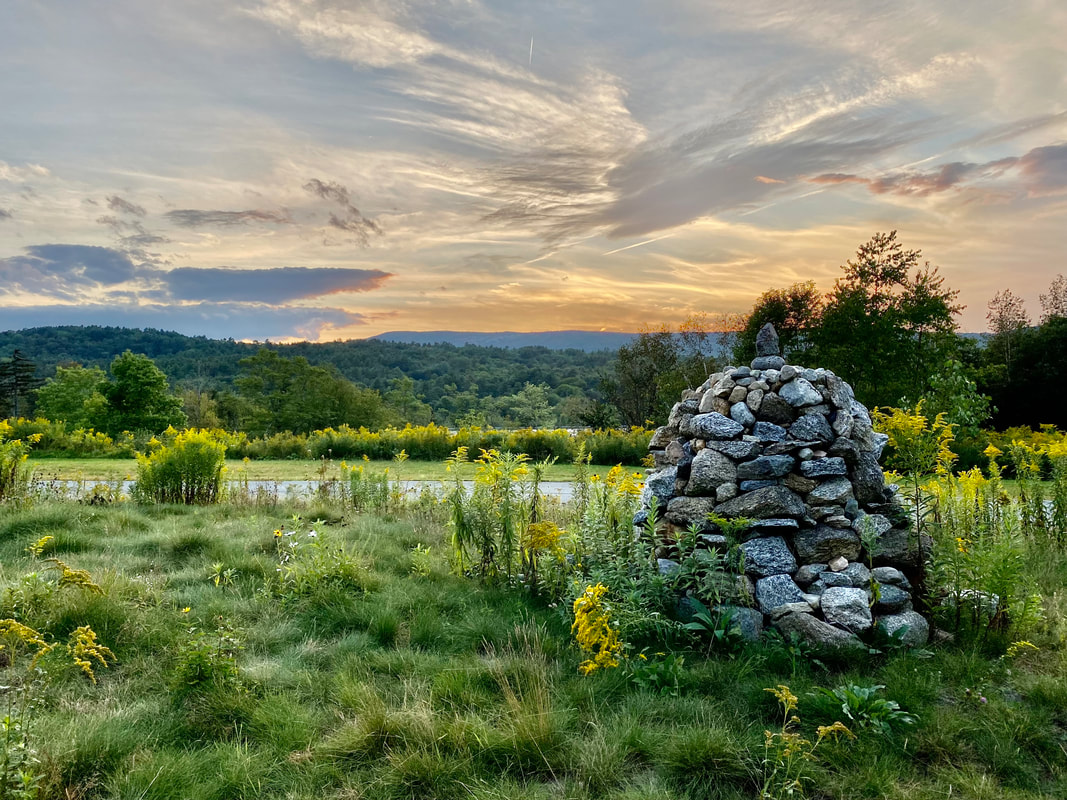
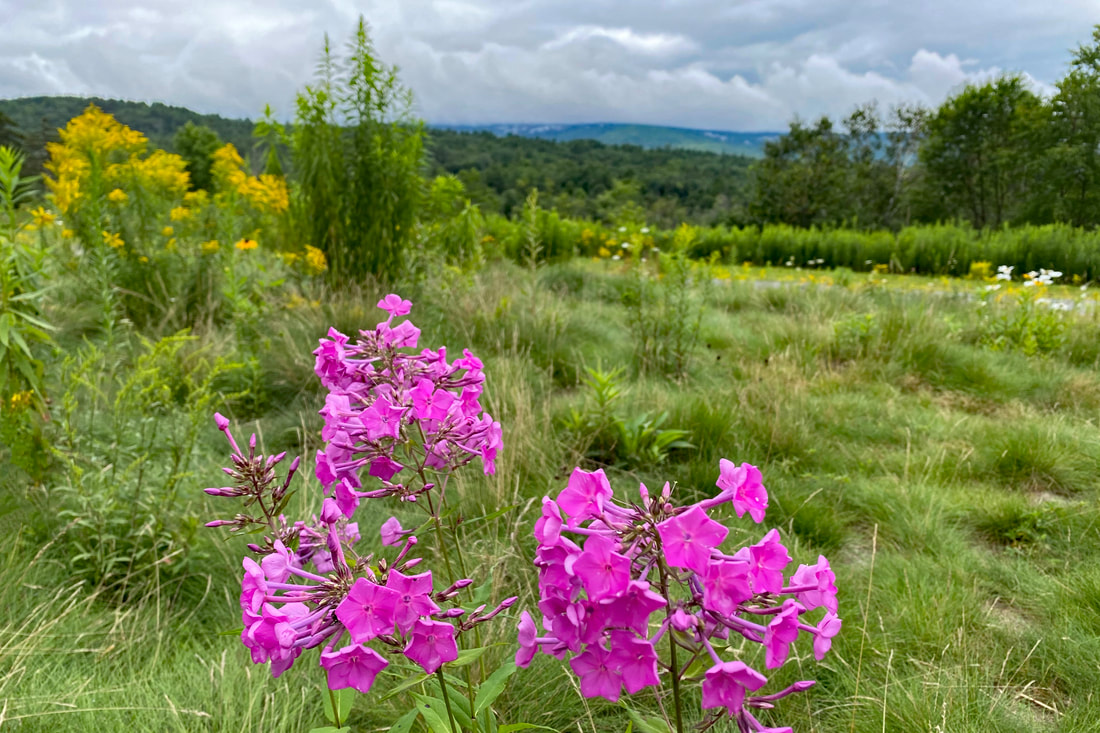
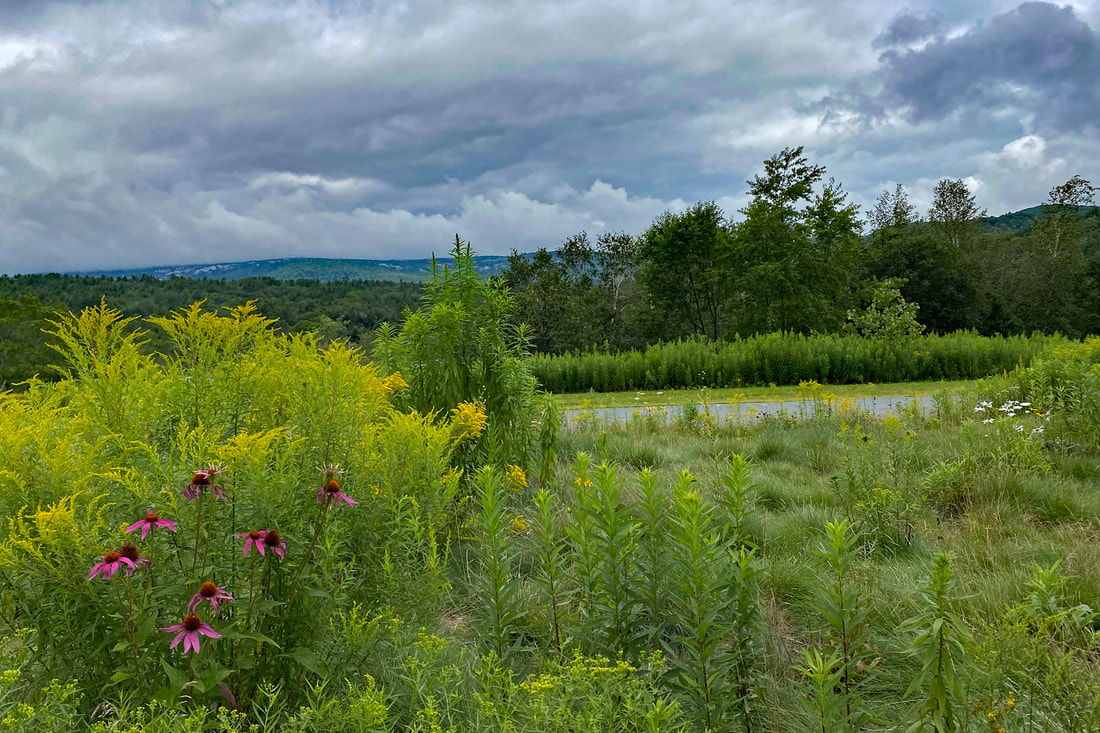
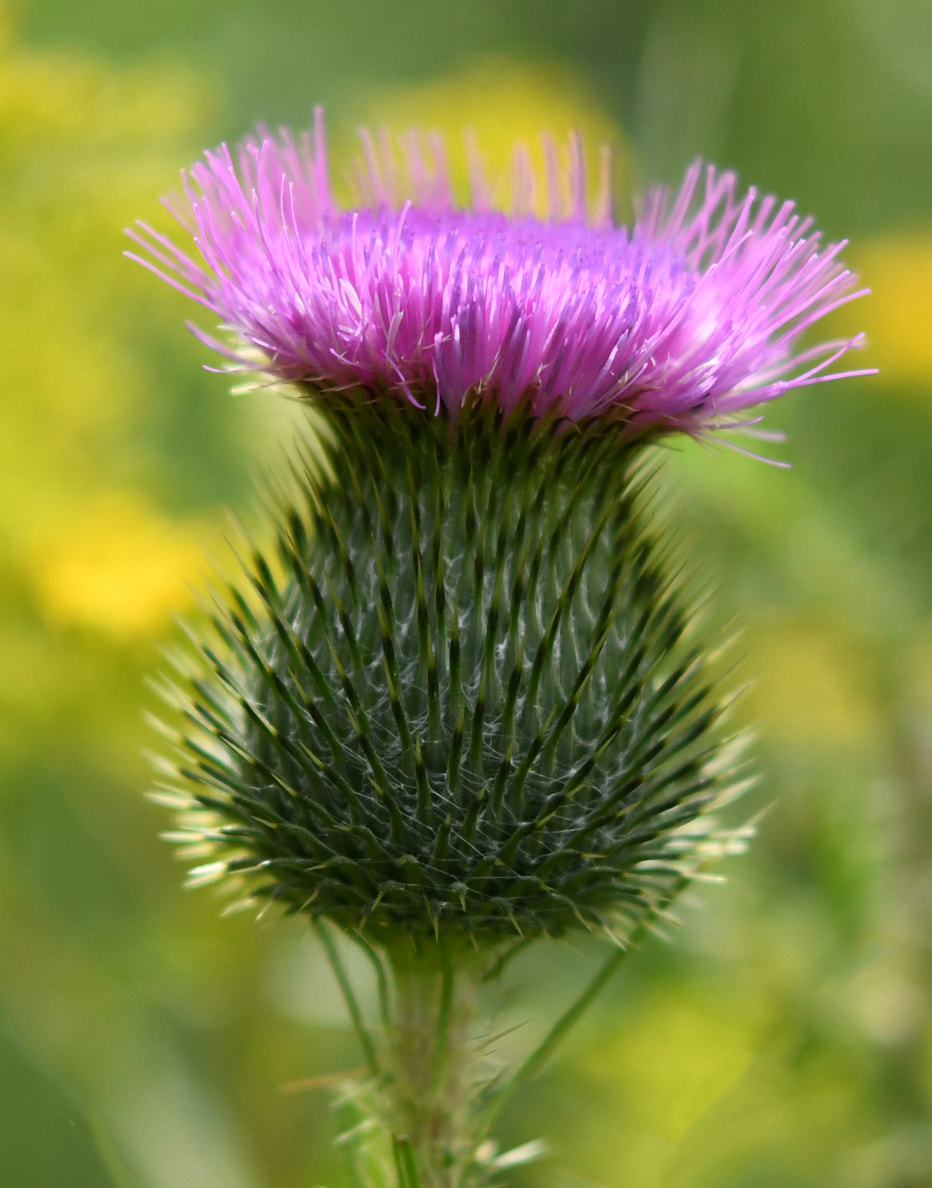
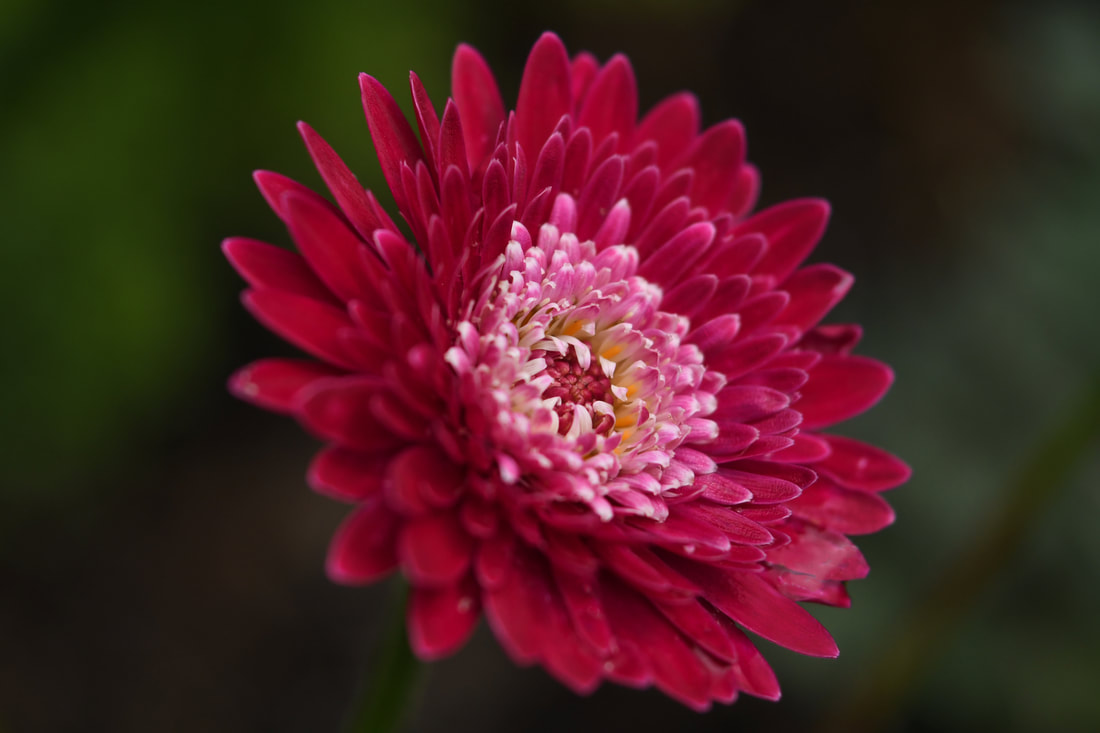
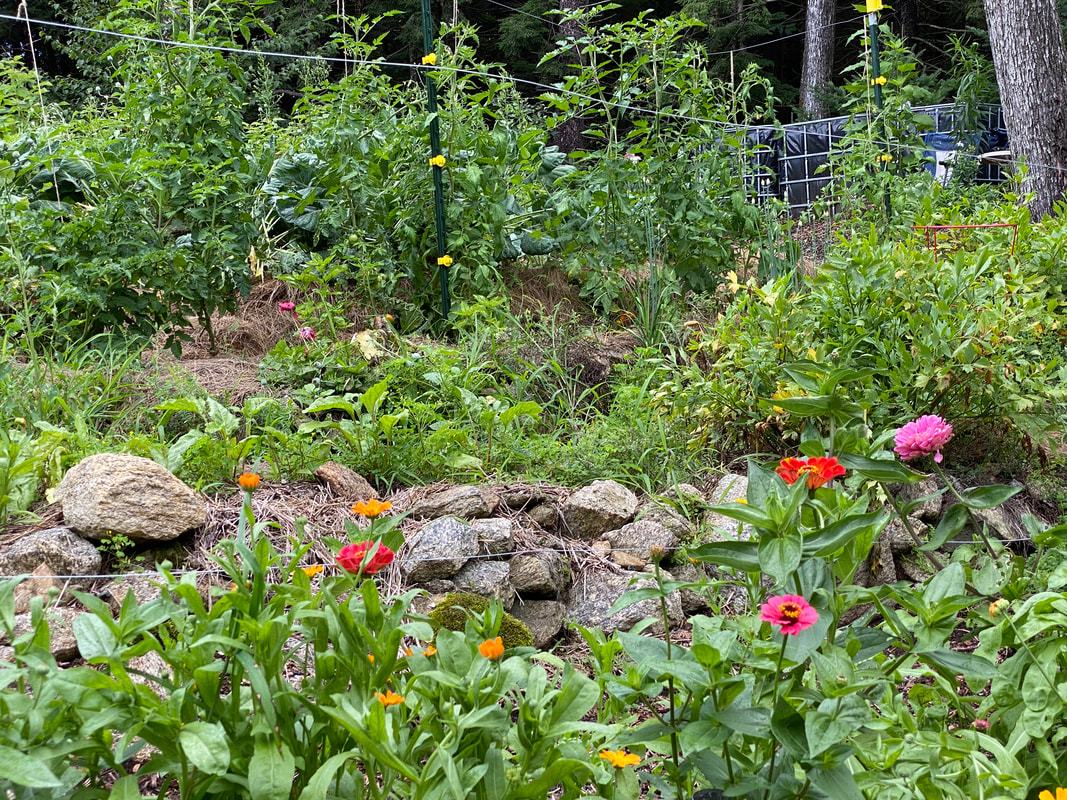
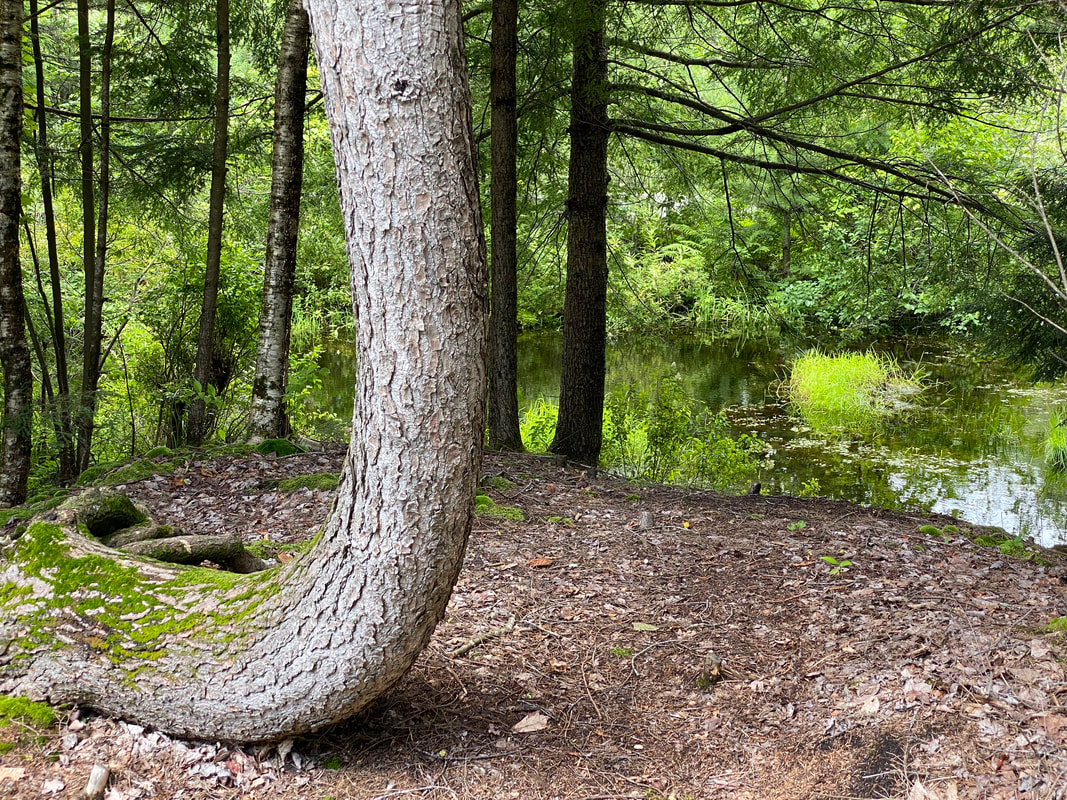
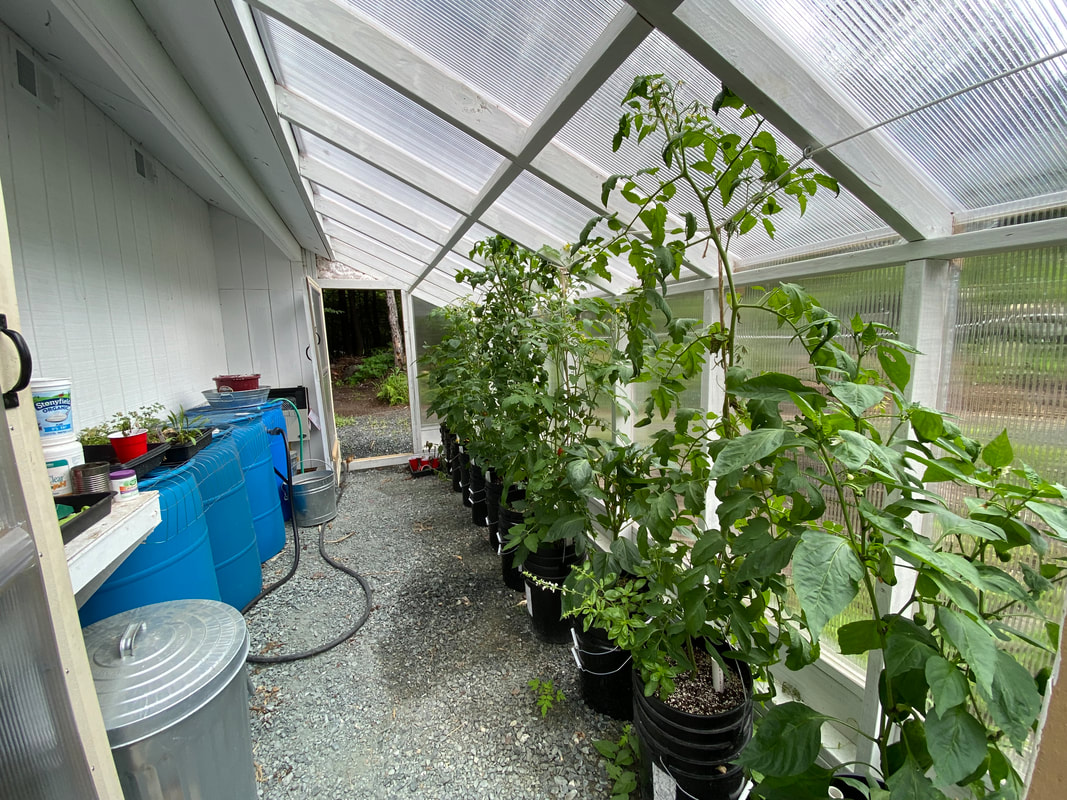
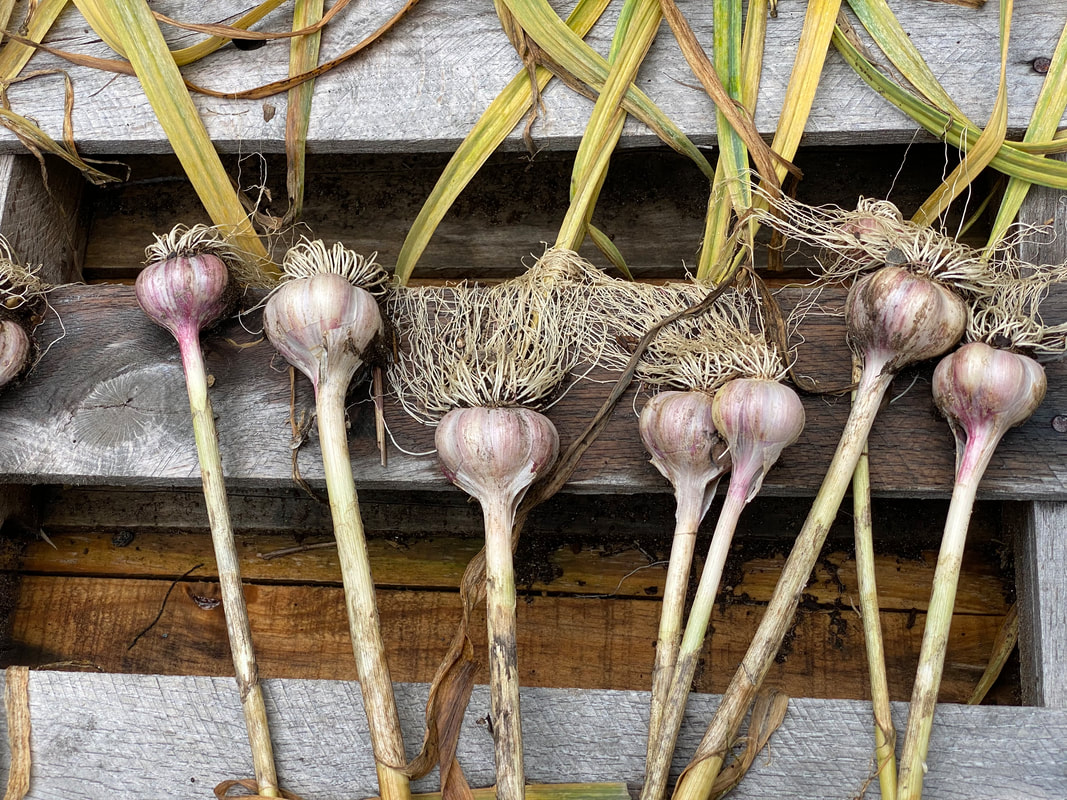
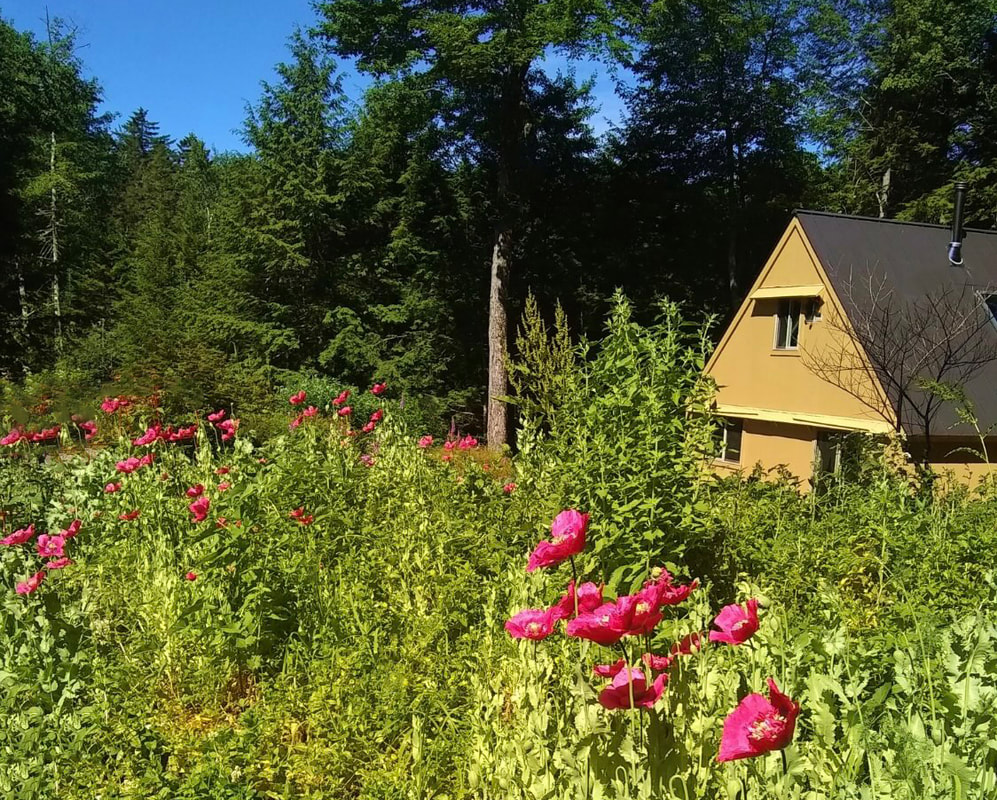
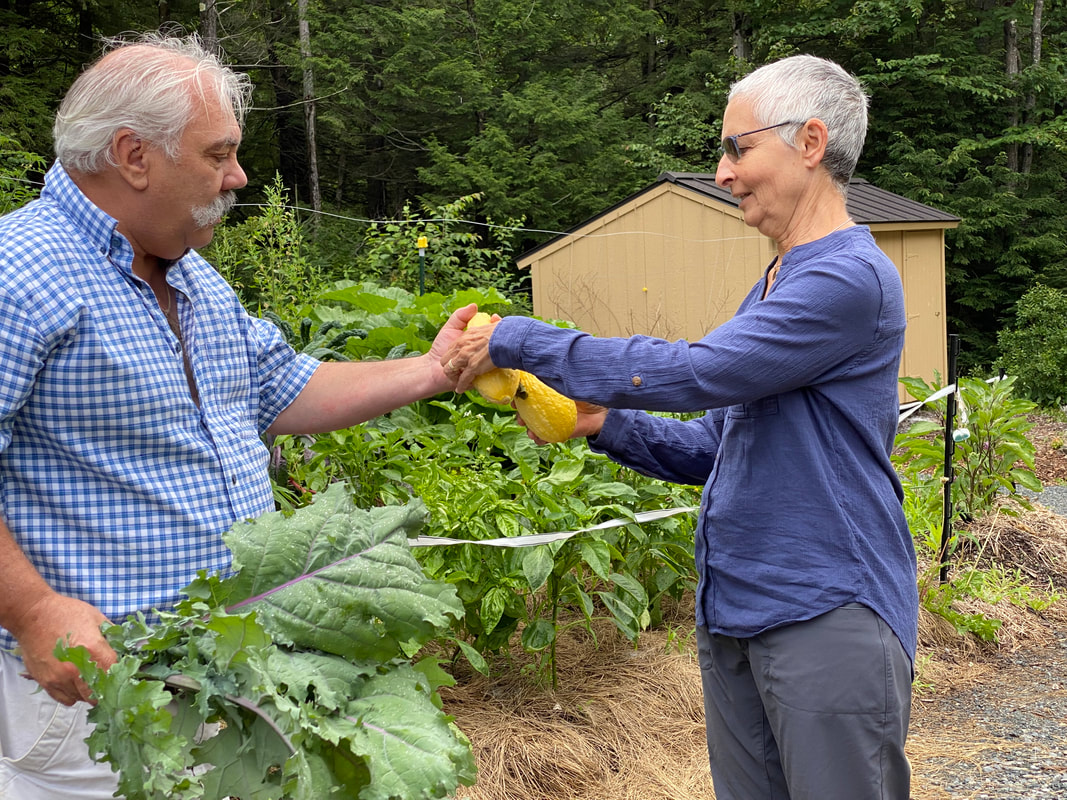
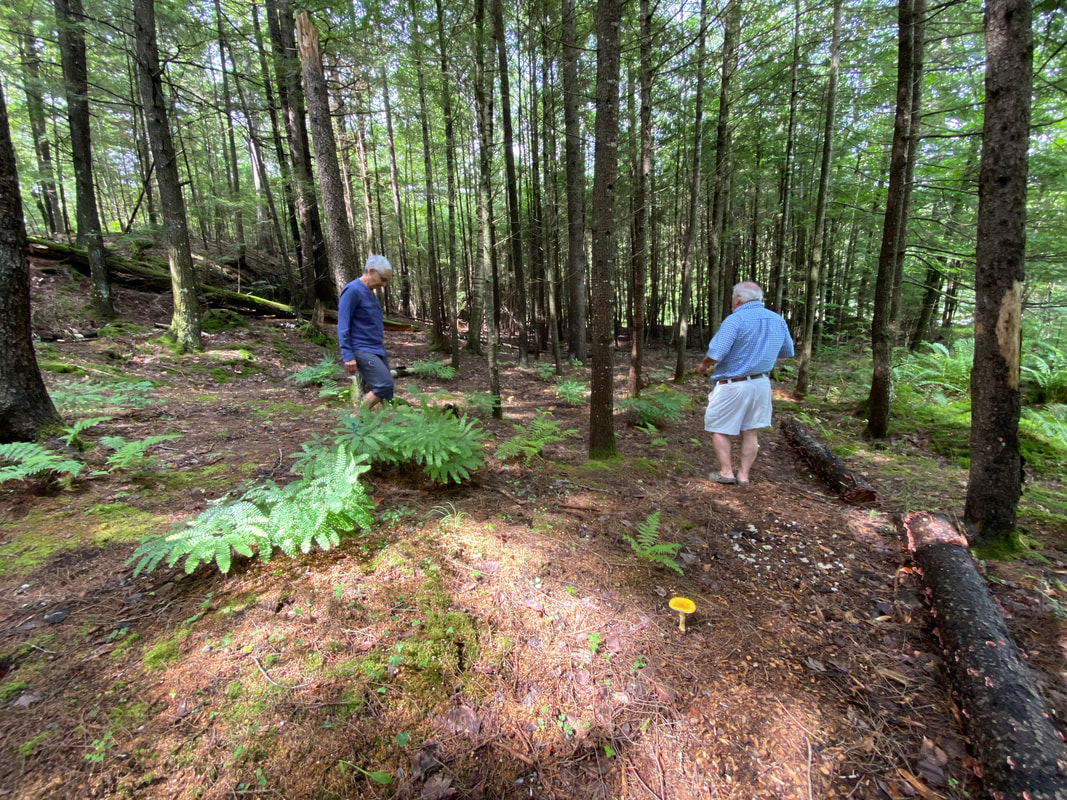
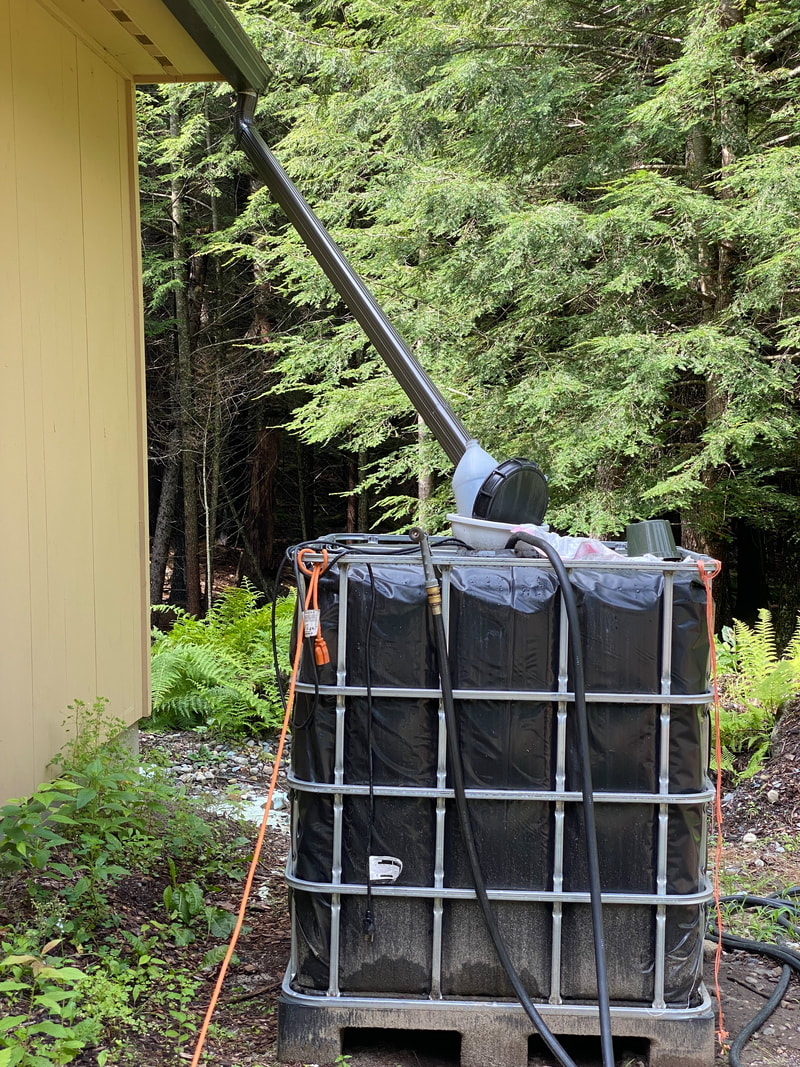
 RSS Feed
RSS Feed